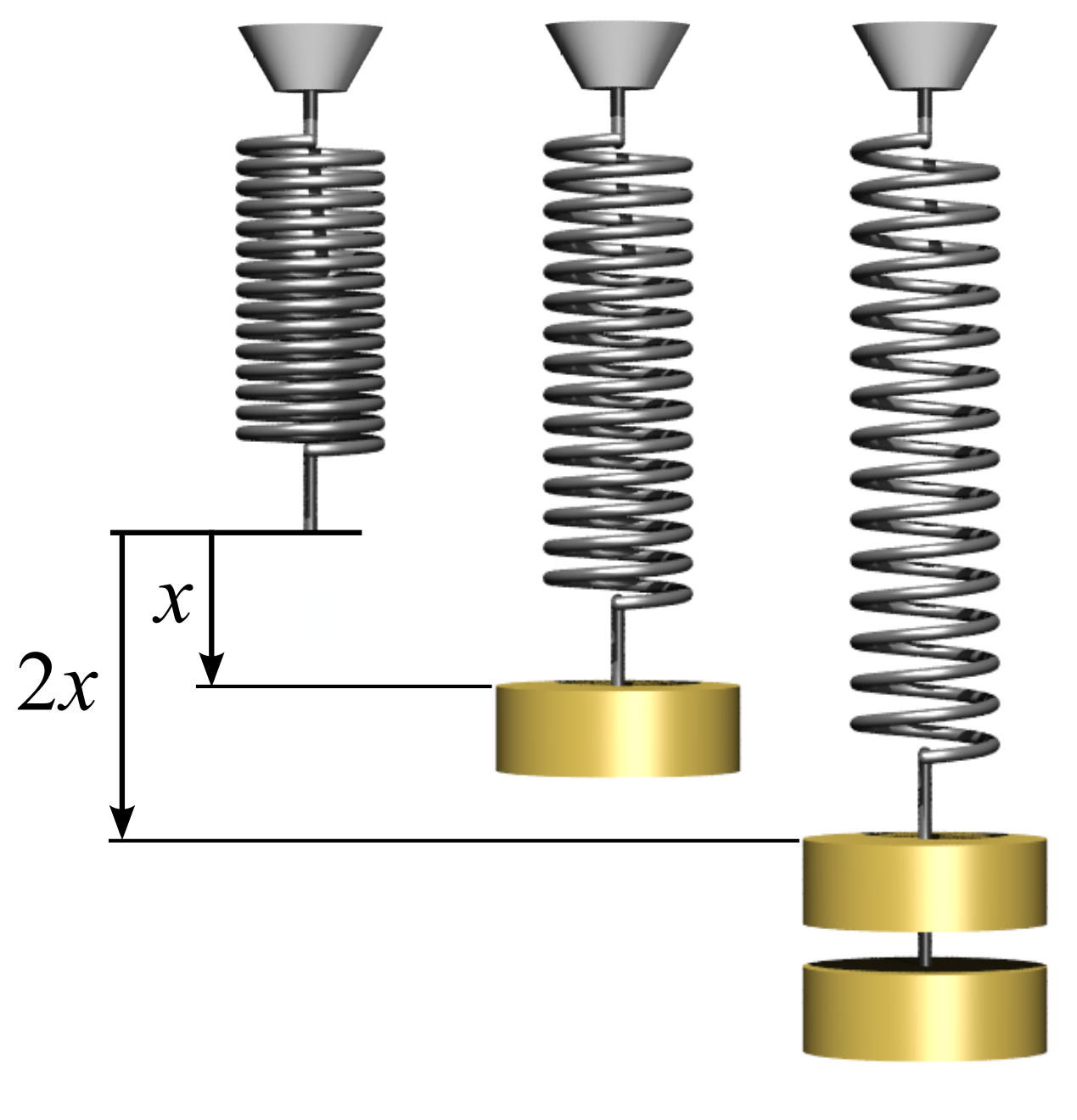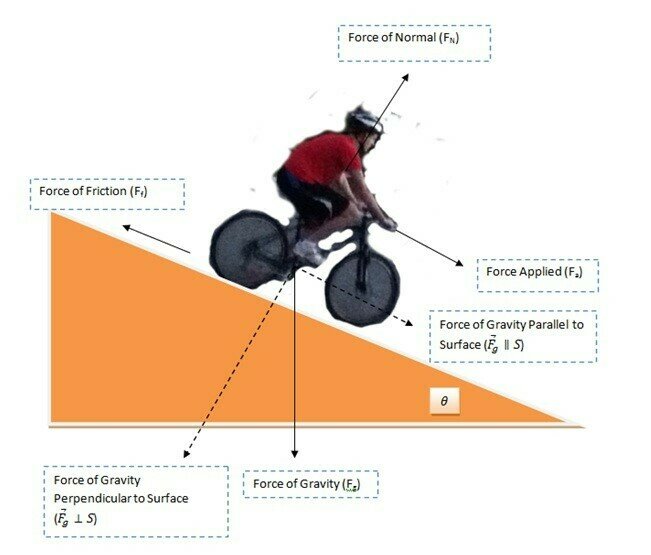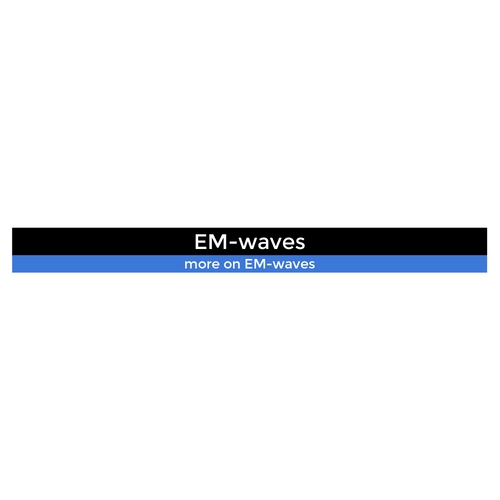Dynamics
What causes motion?


How to navigate the slides

navigate stacks (sections)
within a section
navigate slides
Dynamics
Starring ...
Dynamics
Staring ...
Force
External forces have the potential to change the state of motion of the system.
Forces :
Representing
interactions
between
systems
A Force is a vector quantity; whose magnitude represents the strength of the interaction.
The SI unit for Force is the Newton [N]
The implication is that there are boundaries that can be placed between systems, and the interaction can be summarized in terms of external forces between the systems.
Remember that "Force" is a concept -- it is one idea that humans use to describe interactions between entities. When we speak of forces, we speak of fictions of our imagination, which we can then use to analyze the situation and predict the outcome.
Dynamics
Staring ...
Mass
The mass of a system
can be defined as a measure of
the system's tendency to resist
any change in its state of motion.
velocity
acceleration
inertia
Mass
is a measure of inertia
Dynamics
Staring ...
Force, Mass, Acceleration
Forces have the potential to cause acceleration
Mass resists acceleration
- The SI unit of Force is (N) which stands for Newtons.
- The SI unit of Mass is (kg) which stands for Kilogram.
Dynamics
Types of Forces
Dynamics
Types of Forces
Weight
- Weight is the label we give to the force of gravity of a planet on an object on or close to its surface.
-
On Earth, g=9.8 m/s^2 downwards, so
-
for example, the weight of a 5kg object that is on (or near) the surface of Earth is
- W=(5kg) (9.8 m/s2)=49N downwards.
-
for example, the weight of a 5kg object that is on (or near) the surface of Earth is
- The weight of any object of mass m is given by:
where g is the acceleration due to gravity of the planet.
Dynamics
Types of Forces
Surface Contact
- The component of the contact force that is perpendicular to the surface.
The Normal Force
When the object of interest is in surface contact with other objects, then the contact force has two components:
- The component of the contact force that is parallel to the contact-surface.
The Friction Force
-
There are two types of friction forces
- Static friction force, if the two surfaces in contact are not moving relative to each other.
- Kinetic friction force, if the two surfaces in contact are moving relative to each other.

ground on ladder
wall
on ladder
ladder
on wall
ladder on ground
Dynamics
Types of Forces
The Tension Force
- This force is carried by ropes, strings, cables, cords, etc.
The Tension Force
Dynamics
Types of Forces
The Spring Force
- The force that is applied by springs, elastic bands, bungee cords, etc.
The Spring Force
- This force is proportional to the strain on the spring (stretch or compression.)

Dynamics
Types of Forces
Other Forces
- Basically, pull and push forces applied by people or engines etc.
Applied Forces
Dynamics
The Net Force
Dynamics
The Net Force
Free Body Diagram

-
A free-body diagram (FBD) is a schematic that indicates all the external forces acting on an object.
-
In the previous definition, the word "on" is critical -- the forces that are exerted by the object of interest are not included; only the forces that are exerted on the object of interest are included in a FBD of that object.
Dynamics
The Net Force
Adding Forces (as vectors)
The Net Force is defined as the vector sum of all the external forces acting on an object.
Since Forces are vectors, their sum follows the rules for adding vectors (by components.)
Dynamics
Laws of motion


Where I grew up there was a long road that had the perfect slope and road conditions, such that if I went down with my bicycle at a certain velocity and avoided all bumps, then I was able to coast down the road without slowing down or speeding up.
It was such a fun feeling being in such perfect equilibrium....
Dynamics
Laws ...
1. Law of Inertia

Later in life, I was fortunate enough to be able to understand on an analytical level the intricate balance of the forces acting on the bike and me to keep us in the same state of motion... each force having the potential to change the state of motion, but somehow the combination of forces balancing out to have no net effect -- as if no forces acted in the first place...
And being able to think this way, and
to see the possibilities of that way of thinking,
was also a fun feeling in a different way...
Dynamics
Laws ...
1. Law of Inertia
Dynamics
Laws ...
1. Law of Inertia
An object tends to maintain its state of motion, unless acted upon by a net external force.
Dynamics
Laws ...
2. Newton's second law
A system that is subject to a net external force will accelerate at a rate that is proportional to the external net force and inversely proportional to the mass of the object.
Dynamics
Laws ...
2. Newton's second law
- Acceleration is directly proportional to and in the same direction as the net (total) external force acting on a system." (i.e. larger net force leads to larger acceleration)
- Acceleration is inversely proportional to the mass of the system. (In other words, the larger the mass (the inertia), the smaller the acceleration produced by a given net force.)
Dynamics
Laws ...
3. Newton's third law
Forces come in pairs -- when objects A and B interact, the force of A on B and the force of B on A are equal in magnitude and opposite in direction.
Dynamics
By drmoussaphysics
Dynamics
- 210





